Search
« Previous |
1 - 10 of 12
|
Next »
Search Results
Select an image to start the slideshow

X-ray (chest), PA, Pneumonia RML Silhouette Sign, Answers, Adult Male
1 of 10
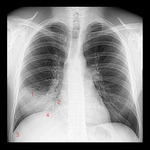
X-ray (chest), PA, Pneumonia RML Silhouette Sign, Numbered, Adult Male
2 of 10
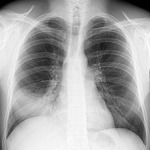
X-ray (chest), PA, Pneumonia RML Silhouette Sign, Adult Male
3 of 10
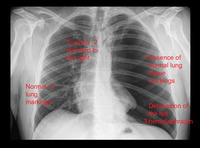
X-ray (chest), PA, Pneumothorax, Adult Male, Answers
4 of 10
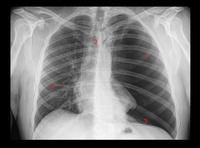
X-ray (chest), PA, Pneumothorax, Adult Male, Numbered
5 of 10
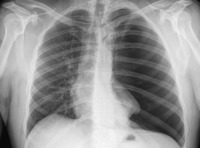
X-ray (chest), PA, Pneumothorax, Adult Male
6 of 10
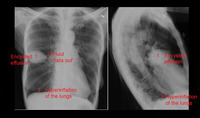
X-ray (chest), PA and Lateral, Encysted Effusion with Answers, Adult Male
7 of 10
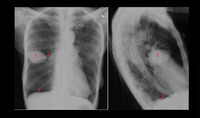
X-ray (chest), PA and Lateral, Encysted Effusion with Numbers, Adult Male
8 of 10
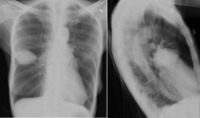
X-ray (chest), PA and Lateral, Encysted Effusion, Adult Male
9 of 10
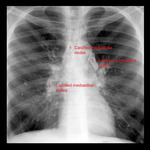
X-ray (chest), PA, Calcified Mediastinal Nodes, Adult Male
10 of 10